Kniphofia Companion Plants: The Best Plants To Grow With Red Hot Pokers
Kniphofia Companion Plants: The Best Plants to Grow with Red Hot Pokers
Red hot pokers (Kniphofia) are striking plants that add a touch of drama to any garden. Their tall, spiky flowers come in a variety of colors, including red, orange, yellow, and pink. Red hot pokers are easy to care for and can thrive in a variety of conditions.
One of the best ways to enhance the beauty of red hot pokers is to plant them with companion plants. Companion plants are those that complement each other in terms of color, texture, and growth habit. By choosing the right companion plants, you can create a stunning and balanced garden display.
Here are some of the best plants to grow with red hot pokers:
- Dahlias: Dahlias are another tall, colorful flower that makes a great companion for red hot pokers. They come in a wide range of colors, including shades of red, orange, yellow, pink, and white. Dahlias and red hot pokers have similar growing requirements, so they are easy to care for together.

- Daylilies: Daylilies are another popular choice for companion plants for red hot pokers. They come in a variety of colors, including yellow, orange, pink, and white. Daylilies and red hot pokers have different flowering times, so they will bloom throughout the summer.
- Baptisia: Baptisia is a tall, blue-flowered plant that adds a touch of contrast to red hot pokers. It is also a deer-resistant plant, which is a plus if you have deer in your area.
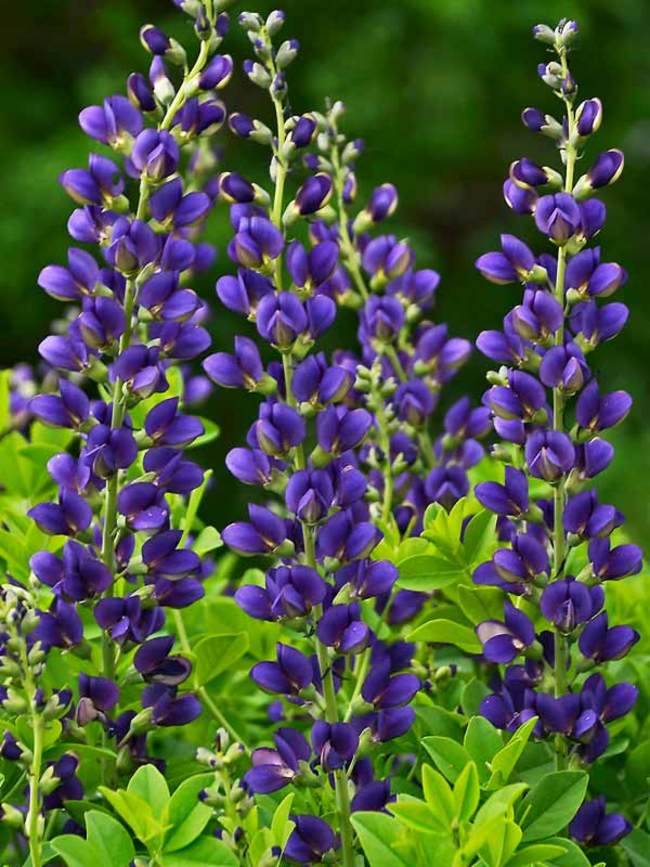
- Coneflowers: Coneflowers are another tall, colorful flower that makes a great companion for red hot pokers. They come in a variety of colors, including red, orange, yellow, and pink. Coneflowers and red hot pokers have similar growing requirements, so they are easy to care for together.
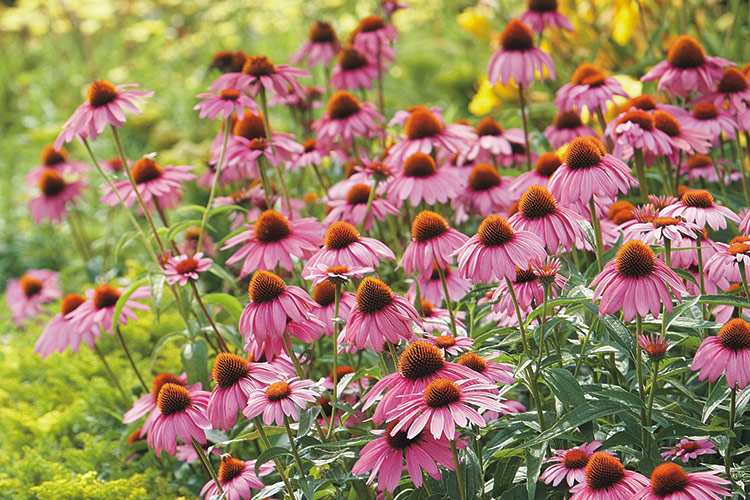
- Sedum: Sedum is a low-growing, succulent plant that adds texture and interest to a garden. It comes in a variety of colors, including green, yellow, orange, and red. Sedum is drought-tolerant, so it is a good choice for companion plants for red hot pokers, which need well-drained soil.

- Ornamental grasses: Ornamental grasses add height and movement to a garden. They come in a variety of colors and textures, so you can choose ones that complement the colors and texture of your red hot pokers.

When choosing companion plants for red hot pokers, it is important to consider the following factors:
- Color: Choose companion plants that complement the colors of your red hot pokers. For example, if you have red hot pokers with orange flowers, you could plant them with yellow or white flowers.
- Texture: Choose companion plants that have different textures than your red hot pokers. This will add interest and depth to your garden display. For example, you could plant red hot pokers with sedum or ornamental grasses.
- Growth habit: Choose companion plants that have similar growth habits to your red hot pokers. This will help to create a balanced and harmonious garden display. For example, you could plant red hot pokers with daylilies or baptisia.
By following these tips, you can create a stunning and balanced garden display by planting red hot pokers with the right companion plants.
Kniphofias, also known as red hot pokers, are striking plants that can add a touch of drama to any garden. But what plants go well with kniphofias?
There are many different companion plants that can be paired with kniphofias, but some of the most popular include:
- Dahlias
- Daylilies
- Baptisia
- Coneflowers
- Sedum
- Arborvitae
- Ornamental grass
These plants all share similar growing conditions with kniphofias, so they will thrive in the same type of soil and sunlight. They also have complementary colors and textures, so they will create a visually appealing border or garden bed.
If you're looking for more information about kniphofia companion plants, I recommend visiting Gardenia Inspiration. This website has a comprehensive list of plants that can be paired with kniphofias, as well as tips on how to create a beautiful and harmonious garden.
FAQ of kniphofia companion plants
5 Most Frequently Asked Questions About Kniphofia Companion Plants
1. What are some good companion plants for kniphofia?
Kniphofias (also known as red hot pokers) are tall, striking plants that can add a lot of drama to a garden. When choosing companion plants for kniphofias, it's important to consider their height, flower color, and bloom time. Some good companion plants for kniphofias include:
- Crocosmias: These orange or yellow flowers bloom at the same time as kniphofias and have a similar height.

- Dahlias: These tall, colorful flowers bloom in late summer and fall.

- Foxgloves: These tall, bell-shaped flowers bloom in early summer.

- Lilies: These stately flowers bloom in late spring and early summer.
- Echinacea: These daisy-like flowers bloom in summer and fall.
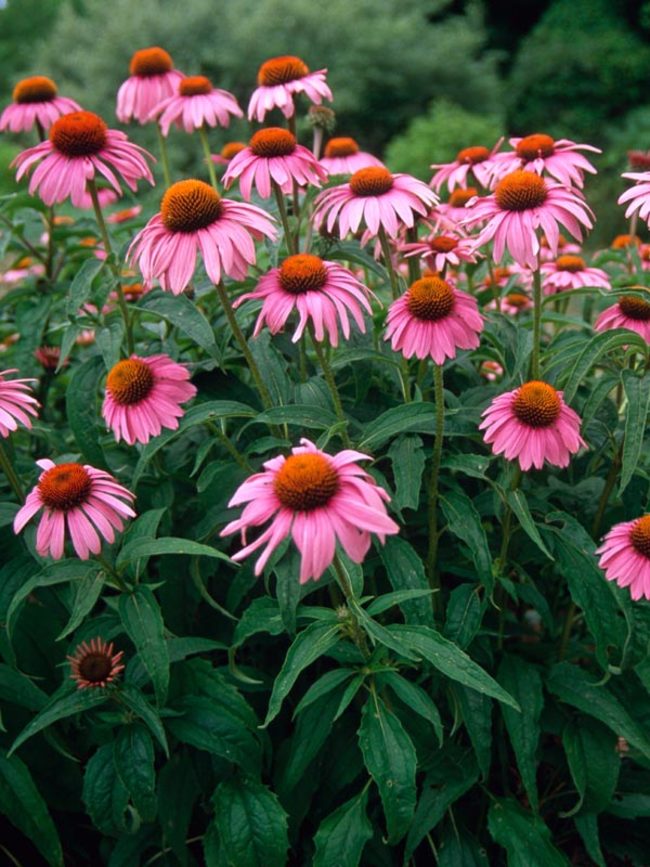
2. What are the benefits of planting companion plants with kniphofia?
There are several benefits to planting companion plants with kniphofia. Companion plants can:
- Attract pollinators: Many of the plants listed above are attractive to bees, butterflies, and other pollinators. This can help to improve pollination in your garden and boost fruit and vegetable production.
- Provide structure and interest: Companion plants can help to add structure and interest to a garden. For example, kniphofias can be planted behind shorter plants to create a backdrop.
- Fill in gaps: Companion plants can be used to fill in gaps in a garden. For example, if you have a kniphofia that is not yet fully grown, you can plant shorter companion plants in front of it to hide the empty space.
- Improve the soil: Some companion plants, such as crocosmias, can help to improve the soil quality. This can benefit the kniphofias by providing them with more nutrients and water.
3. What are some things to keep in mind when planting companion plants with kniphofia?
When planting companion plants with kniphofia, there are a few things to keep in mind:
- Consider the height of the plants: As mentioned above, it's important to consider the height of the plants when choosing companion plants for kniphofias. You don't want the companion plants to be so tall that they overshadow the kniphofias.
- Consider the flower color: The flower color of the companion plants can also be important. You may want to choose companion plants that have complementary or contrasting flower colors.
- Consider the bloom time: The bloom time of the companion plants is also important. You don't want the companion plants to bloom at the same time as the kniphofias, as this will make the garden look cluttered.
4. How far apart should kniphofias be planted?
Kniphofias should be planted about 2-3 feet apart. This will give them enough space to grow and spread.
5. What are some tips for caring for kniphofia?
Kniphofias are relatively easy to care for. However, there are a few tips that can help to keep them healthy:
- Plant them in full sun. Kniphofias need full sun to thrive.
- Water them regularly, especially during hot, dry weather.
- Fertilize them once a year in spring.
- Deadhead the flowers to encourage more blooms.
- Protect them from frost in winter.
Image of kniphofia companion plants
- Kniphofia with dahlias. Dahlias and kniphofias are both tall, summer-blooming plants that love full sun. They come in a wide range of colors, so you can mix and match them to create a stunning border.

- Kniphofia with cosmos. Cosmos are another great companion plant for kniphofias. They are both heat-tolerant and drought-tolerant, and they come in a variety of colors, including pink, white, and yellow.
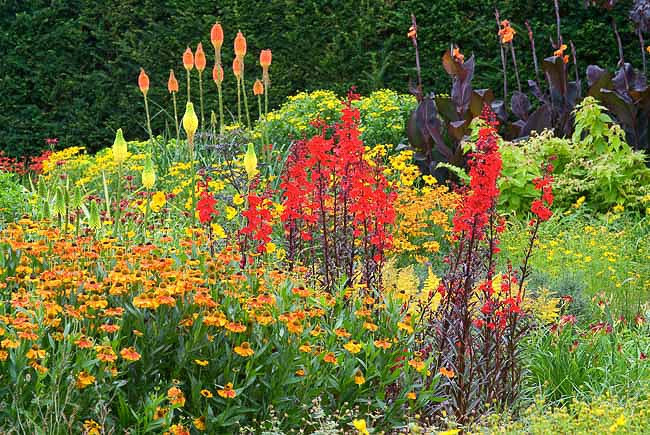
- Kniphofia with daylilies. Daylilies are a classic companion plant for kniphofias. They bloom at the same time, and they come in a wide range of colors, so you can create a beautiful, colorful border.
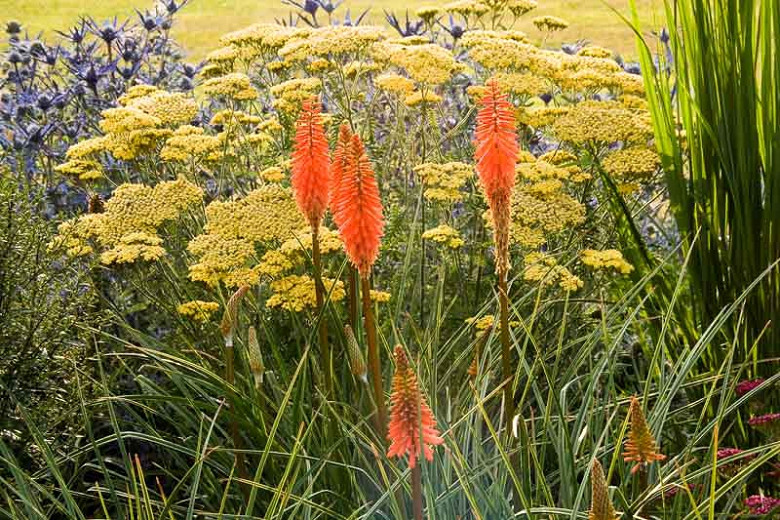
- Kniphofia with heliopsis. Heliopsis, also known as false sunflower, is a tall, cheerful plant that blooms in late summer. It is a great companion plant for kniphofias because it attracts butterflies and other pollinators.
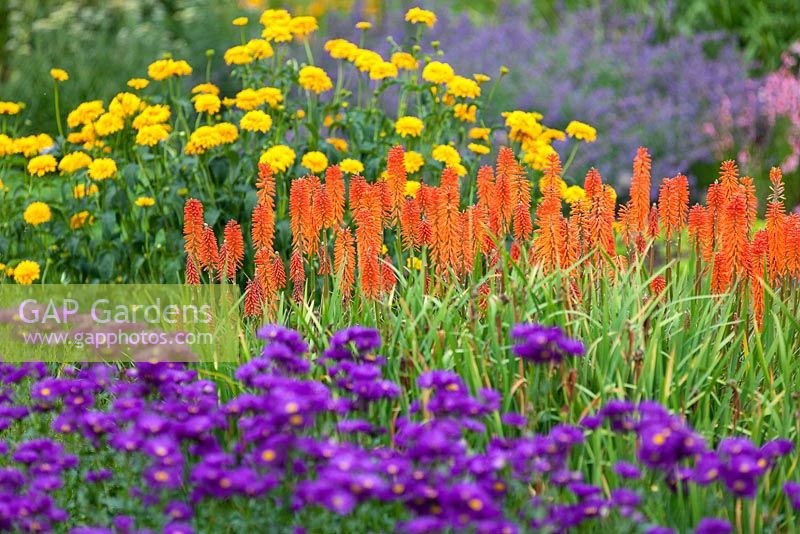
- Kniphofia with ornamental grasses. Ornamental grasses are a great way to add height and texture to a border. They also help to anchor kniphofias, which can be top-heavy.
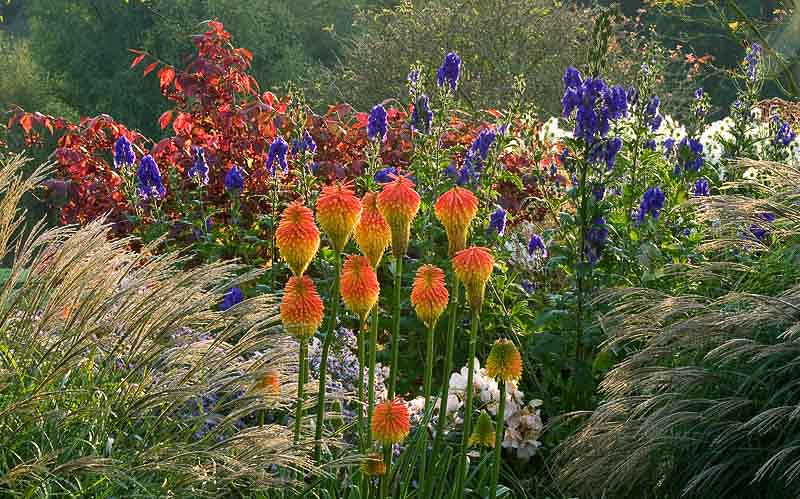
Post a Comment for "Kniphofia Companion Plants: The Best Plants To Grow With Red Hot Pokers"